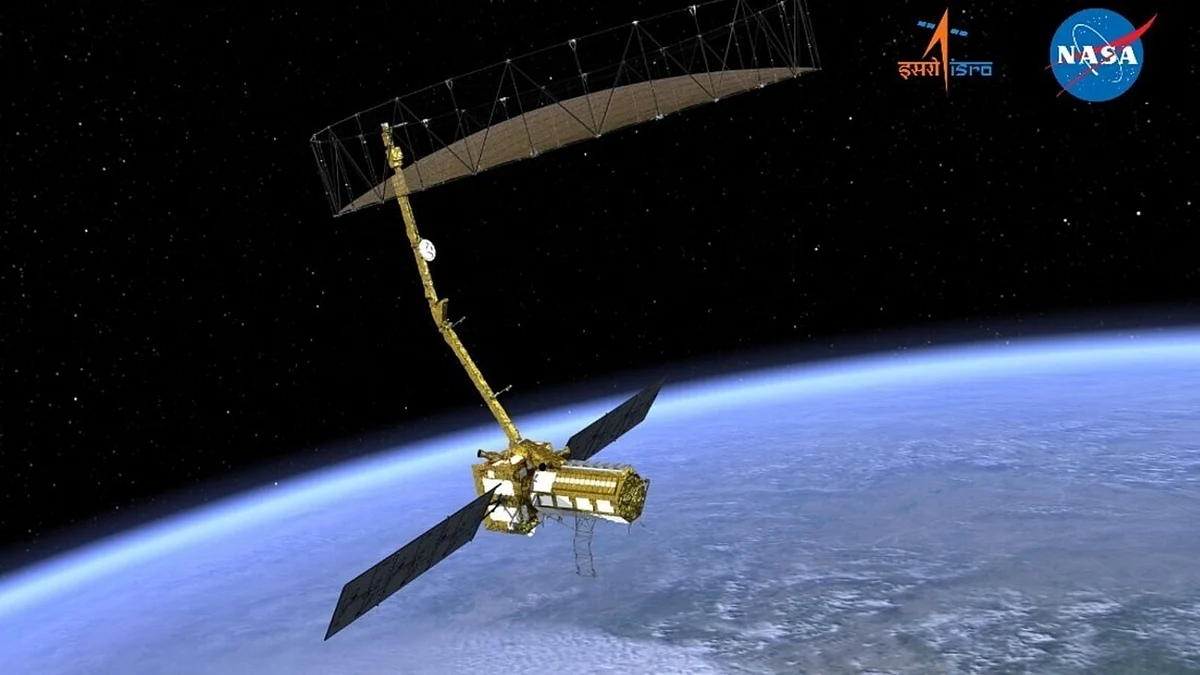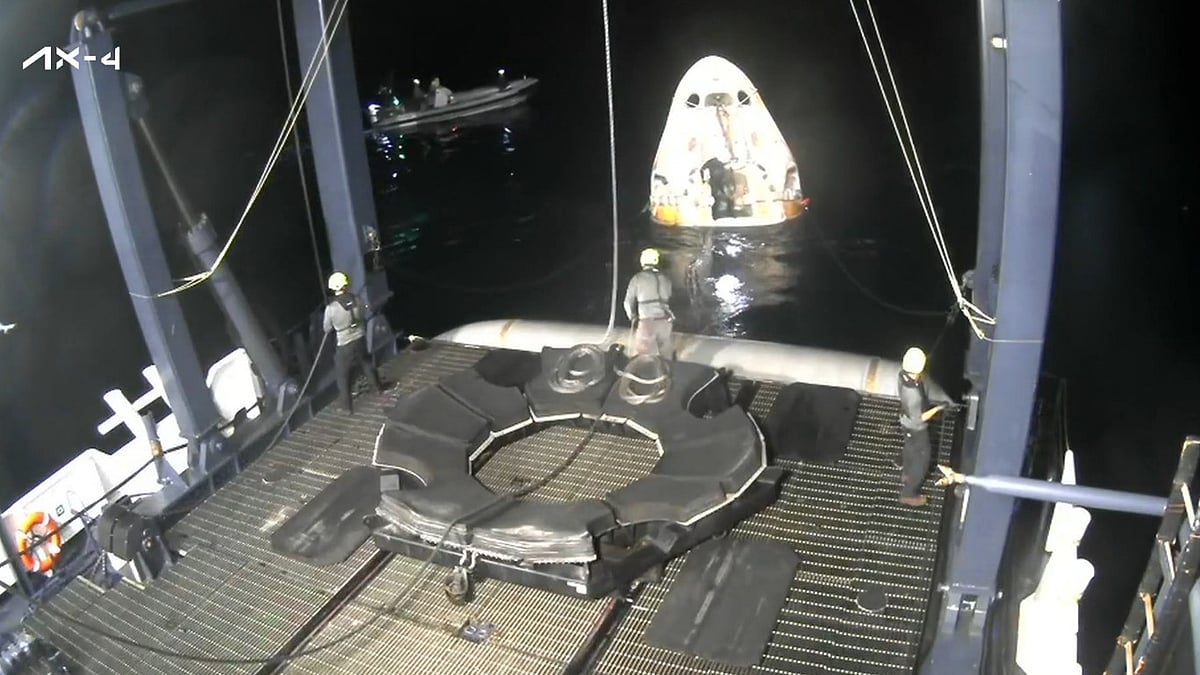Space scientists have created a burger-shaped protoplanetary disc around a young star using the James Webb Space Telescope. With the help of the telescope, the Ice Age team created the first clear ice inventory within a protoplanetary disc. This structure gave rise to our solar system's planets roughly 4.5 billion years ago. Astronomers used the Webb Telescope to observe the planet-forming disc and released their study in the Astronomy & Astrophysics journal.
The lead author and scientist from Leiden University, Ardjan Sturm, highlighted the importance of the research in advancing our understanding of the origin of the Earth and other celestial bodies. In a press release, Sturm said, "With those observations, we can now begin to make firmer statements about the physics and chemistry of star and planet formation."
Ice causes solid dust particles to clump into larger chunks, making it vital for creating planets and comets. Also, experts believe that frozen comet impacts contribute significantly to the amount of water on our planet. Ice may also contain carbon, hydrogen, oxygen, and nitrogen atoms, which are considered the building elements of life.
According to Leiden University, scientists have never traced ice in planet-forming discs. This is because the water hampers telescopes on Earth in our atmosphere. Furthermore, most space telescopes were too tiny to detect and resolve such small, dim objects.
The James Webb Space Telescope (JWST) was used to examine the brightness of the young star HH 48 NE as it went through its planet-forming disc. The star and its discs are 600 light-years distant, in the direction of the Chameleon constellation. The disc itself appears like a hamburger, with a dark middle lane and two light 'buns' due to our side-on view.
The outcome in absorption spectra with distinct peaks for each molecule. The issue is that very little light enters the telescope, particularly from the densest section of the disc. Webb is exceedingly sensitive; low amounts of light do not bother.
The outcome of the Ice Age JWST study is a significant step towards resolving the mysteries of planetary formation. As a co-author, Melissa McClure of Leiden University expressed enthusiasm about the results, saying, "Now the results are starting to arrive."
The researchers intend to expand their studies to other protoplanetary discs to confirm if comparable mixes of carbon-based ice exist, possibly changing our understanding of planetary compositions.











